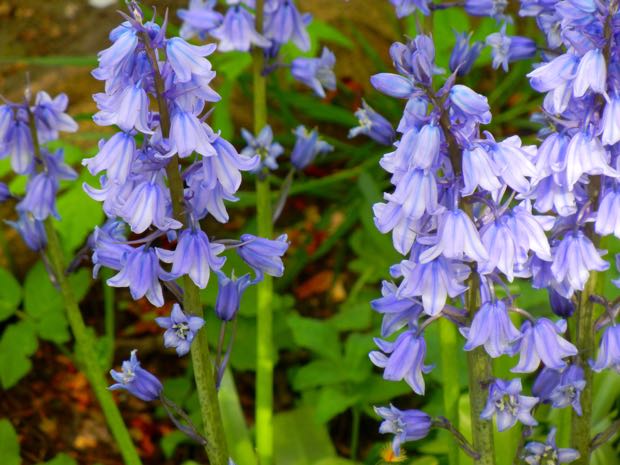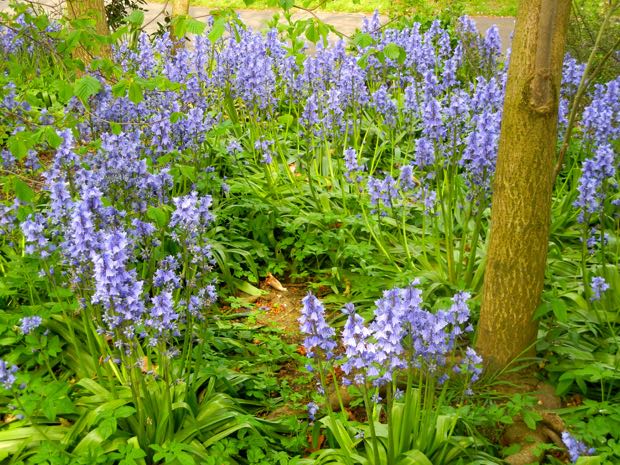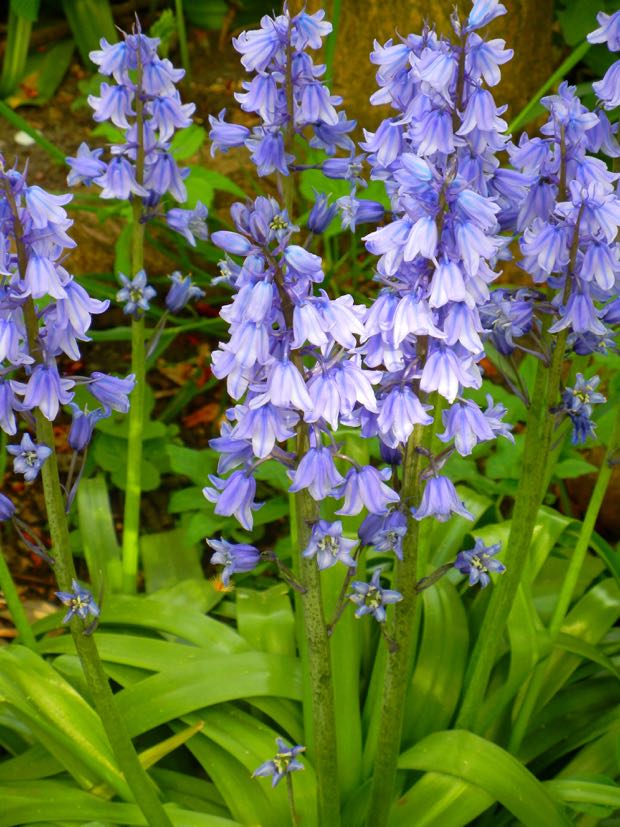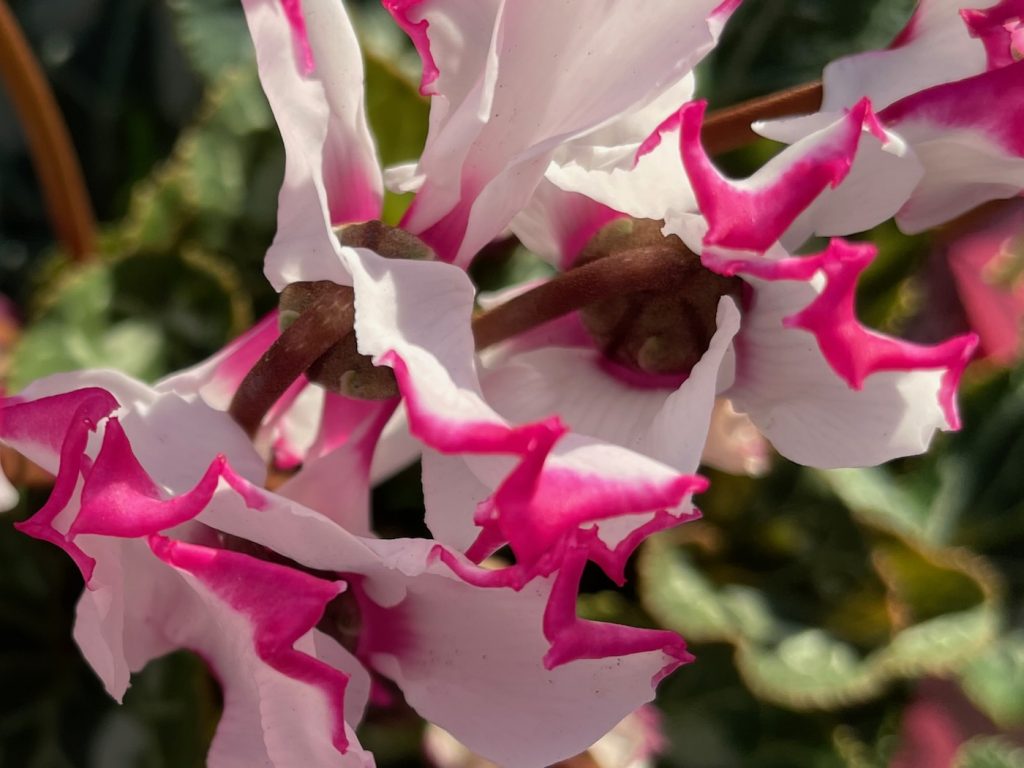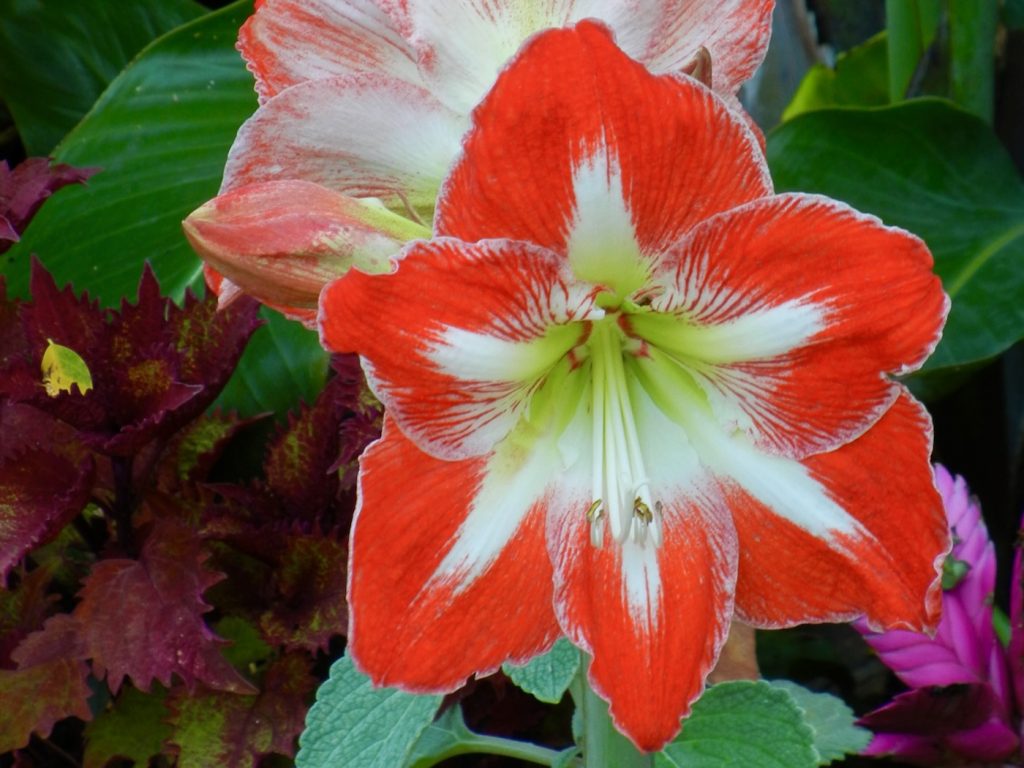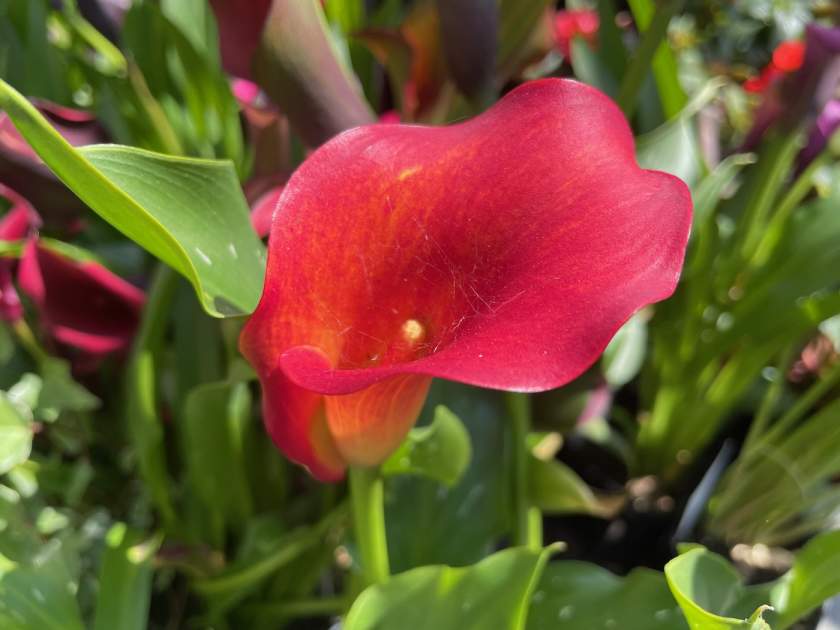Hyacinthoides non-scripta: A Delicate Carpet of Blue
Background and Characteristics: Hyacinthoides non-scripta, commonly known as Bluebell or Wild Hyacinth, is a deciduous bulbous perennial plant belonging to the Asparagaceae family. It is native to Europe and is characterized by its erect or arching racemes of fragrant blue flowers, although white varieties can also be found. Bluebells are often seen in meadows and under large trees, creating a stunning carpet of blue.
How to Grow Hyacinthoides non-scripta:
Choose a Location: Hyacinthoides non-scripta thrives in partial shade or dappled sunlight, although it can tolerate full sun. The soil should be moist, well-drained, and slightly acidic.
Planting: In autumn, plant the Hyacinthoides non-scripta bulbs about 8cm or 3in deep. Dig a hole that is twice as wide and deep as the root ball, and amend the soil with compost or manure. Place the bulbs in the hole and backfill with soil. Water thoroughly.
Watering: Regular watering, especially during the first year after planting, is important for Hyacinthoides non-scripta. Water deeply once a week, or more frequently during hot, dry weather. Once established, the plant becomes more drought-tolerant but will still benefit from occasional deep soakings during dry spells.
Fertilizing: Hyacinthoides non-scripta does not require much fertilizer. Applying a light application of balanced fertilizer in the spring can help promote flowering.
Pests and Diseases: This plant is relatively resistant to pests and diseases. However, it can be susceptible to lily beetles, which may damage the leaves. If lily beetles are present, remove them and their larvae by hand. Alternatively, you can use a pesticide, but be sure to carefully read the label and follow the instructions.
Propagation: Hyacinthoides non-scripta can be propagated through division or seed. The division is the most common method, usually done in autumn. Dig up the plant and carefully separate the bulbs, then replant them in a new location. Seeds can be sown in either autumn or spring.
Other Common Names include:
Bell Bottle, Bluebottle, Calver Keys, Cover Keys, Crake Feet, Crow Bells, Crow Leek, Cuckooflower, Culver Keys, Dog leek, English bluebell, Fairy Flower, Harebell, Single Gussies, Spreading Bluebell, Squill, Wood Bells
Hyacinthoides non-scripta creates a captivating display of delicate blue flowers, forming a picturesque carpet in shaded areas. By providing suitable growing conditions and considering its unique characteristics, you can enjoy the enchanting beauty of Hyacinthoides non-scripta in your garden or natural landscape.

